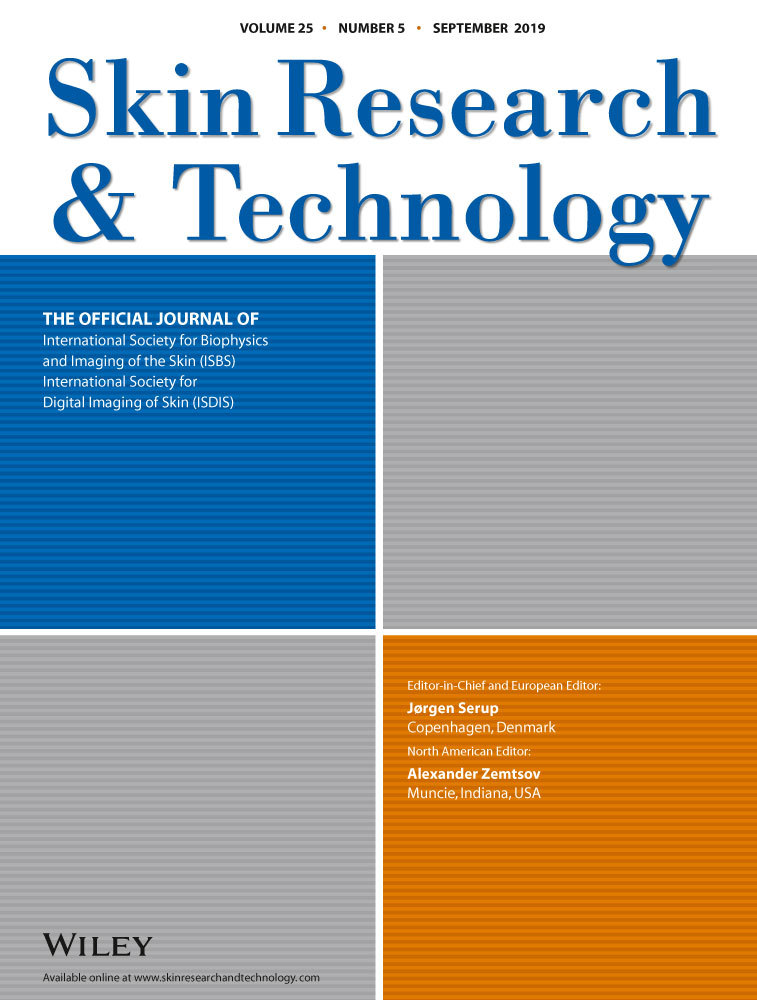3D imaging of human epidermis micromorphology by combining fluorescent dye, optical clearing and confocal microscopy
Abstract
Background
The human epidermis presents a complex organization due to its dynamic and plein-stratified epithelium. Still nowadays, one of the best method to study this layer of the skin remains the histology sections. This approach remains tedious and gives only 2D information.
Materials and Methods
Rhodamine B is a dye known to have a high affinity for the epidermal layer and to possess fluorescent properties. Associated with a clarification method such as 3DiSCO, this dye maintains a high fluorescence emission. The skin which became transparent can then be investigated with a Laser Scanning Confocal Microscope.
Results
We showed that this technique can collect longitudinal or transversal optical sections of the epidermis as whole. Serial sections allowed to move easily into the epidermis. A 3D imaging can also be generated to study the microrelief of the stratum corneum or the complex organization of the dermal-epidermal junction.
Conclusion
In this work, we describe a simple and fast staining and clearing method for skin samples. In association with a fluorescence microscope such as the confocal, we show a new way to characterize the whole epidermis. This work appears as a valuable and complementary method to understand several topics around skin investigation.




